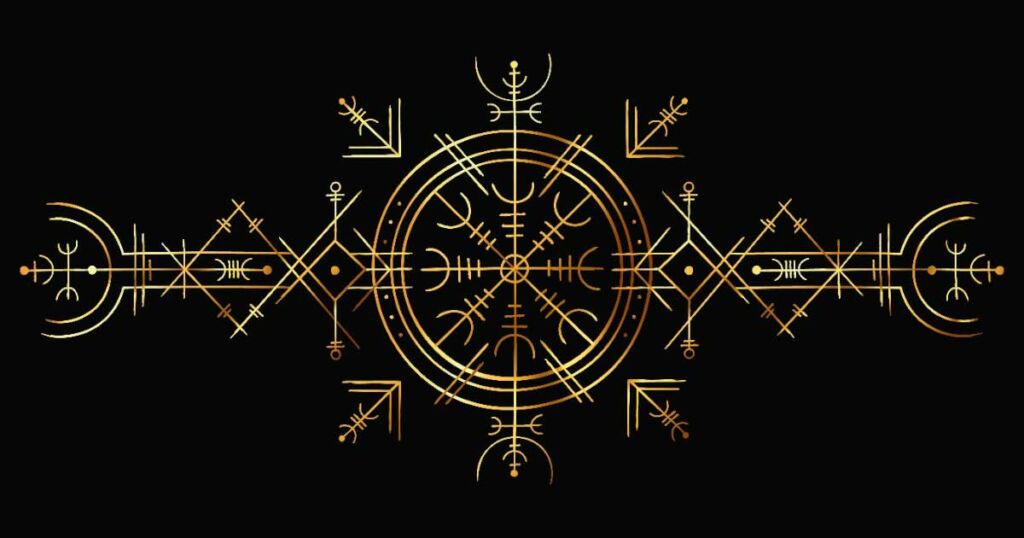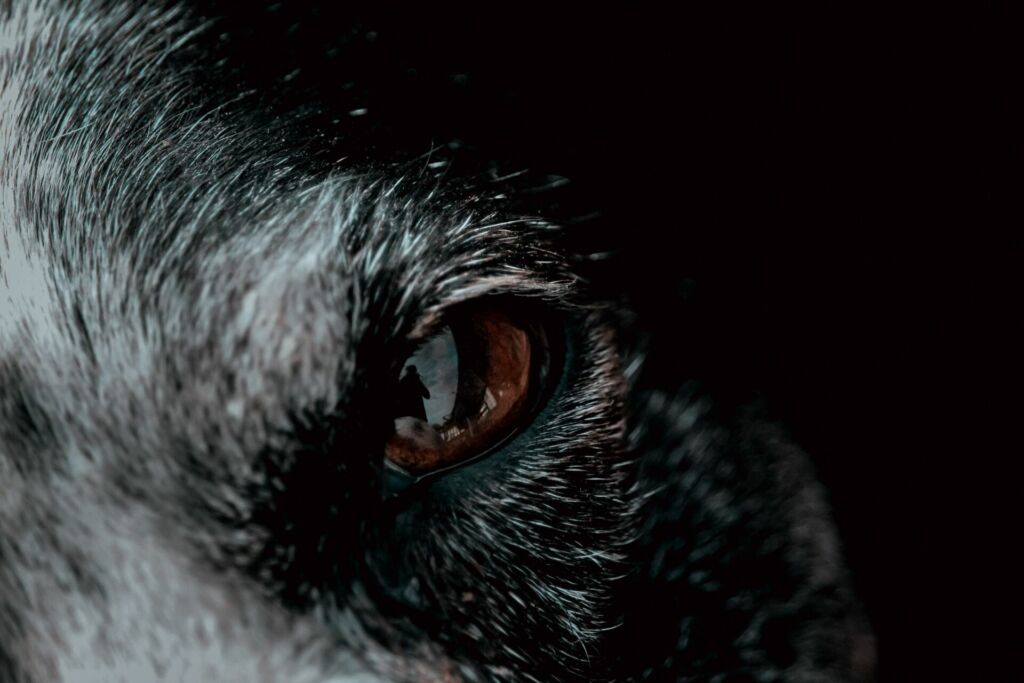The History of Viking Jewelry
The history of Viking jewelry is deep and extensive, stretching back more than a thousand years. The Vikings placed great value on jewelry, and many of the pieces had special importance. Arm bands, necklaces, brooches, and rings all served more ceremonial than decorative purposes, much like a wedding ring. They stood for honor, strength, family, loyalty, masculinity, and love. Additionally, they were used to seek the favor of the Norse Gods and ensure safety. During the Viking Age, nothing had more significance or power.
Archaeological finds from Viking settlements, graveyards, bogs, and marshes disprove the stereotype of Vikings as barbaric pirates. Their civilization was remarkably well-organized, and their culture was surprisingly diverse. While it may be hard to believe, the Viking Age saw significant technological advancements in the wood and metalworking sectors. Individual Vikings gained renown as skilled jewelers and sold their creations internationally. Rings, pendants, brooches, necklaces, and Viking bracelets were just a few examples of the many beautiful decorative objects and pieces of jewelry that they crafted with exceptional skill. The incredibly complex jewelry design they employed supports this theory.
Most Common Viking Jewelry Subjects
Animals, trees, and other elements of nature and Norse mythology were common subjects for the complex carvings used in Viking jewelry. Norse symbols and runes were also popular, as were dragons, snakes, ravens, bears, and wolves. Numerous motifs from Norse mythology, like the Valknut, Vegvisir, the tree of life, Jormungandr, Fenrir, Odin, and many more, were included into the works of these craftsmen. The vast quantity of objects recovered indicates that a pendant in the shape of Thor’s hammer, Mjolnir the lightning hammer, was the most popular item of jewelry during the Viking period. Many people sought Thor’s favor and protection since he was revered as a powerful God of battle and fertility. In the last years of the Viking Age, a Thor hammer pendant was a symbol of defiance against the spread of Christianity. The blessings of deities like Odin, Frigg, Balder, Freya, and Freyr may be sought with the aid of various jewels. All of these representations of the elements and the gods were extremely significant to the Vikings. People believed they could ward off bad spirits and divine wrath if they had one of these mystery objects. Many of these magnificent jewels are now on display in museums, where they provide both fresh challenges and ongoing inspiration to jewelers.
All the information we have about the historic Viking jewelry comes from archaeological excavations. Both sexes of Vikings wore jewelry, as evidenced by artifacts discovered by archaeologists. We also know that males of the later Viking Age used arm and neck jewelry in addition to finger rings. Archaeologists and amateur treasure seekers alike have uncovered several Viking wedding rings.
Bronze brooches and necklaces were the most common kind of jewelry worn by Viking women. When it came to jewelry, brooches for women were as common as Mjolnir pendants for men. Additionally, brooches were considered an integral part of their wardrobe.
The Viking Age was a time when men and women alike adorned themselves with jewels. Wearing jewelry was typically done to improve one’s overall attractiveness, flaunt one’s money, and provide an air of sophistication to one’s demeanor. Just like today, basically. Some of the Viking jewelry, however, had deeper significance.
The Technique
The “lost wax” technique was the standard for making Viking jewelry. With this approach, the craftsman first creates a beautiful carving of the finished product he plans to make. This handmade model was crucial to the final look of the artwork, thus it required the careful attention of expert artisans. The jeweler would then make a hollow wax mold of the model once he was satisfied with it. The wax model was used to cast molten metal. A wax mold was used to cast the jewelry, and once the metal had cooled and solidified, the form was broken and the jewelry was freed. The practice of using a lost wax technique to create jewelry dates back more than six thousand years. It was something the Vikings picked up from their journeys and carried back with them.
Although the Vikings earned a reputation as fierce warriors through their conquests and plundering, this aspect of their history represents just a small fraction of their whole heritage. Most importantly, the Vikings were a proud and feisty people who fought for their own survival. The ancient Nordic people made the most of every opportunity because of the challenging conditions in which they lived. Amazing ships were built to take them to far countries, where they could collect resources, artifacts, and information vital to their continued existence and growth. They established communities between North America and Russia. They went as far north as the arctic circle, and as far south as the continent of Africa. They were a daring people who developed their economy, preserved their heritage, and produced stunning works of art. They, too, wanted to look well, so they wore beautiful jewelry as a form of self-expression and as a means of seeking the favor and protection of their mighty Gods, just as we do now.



